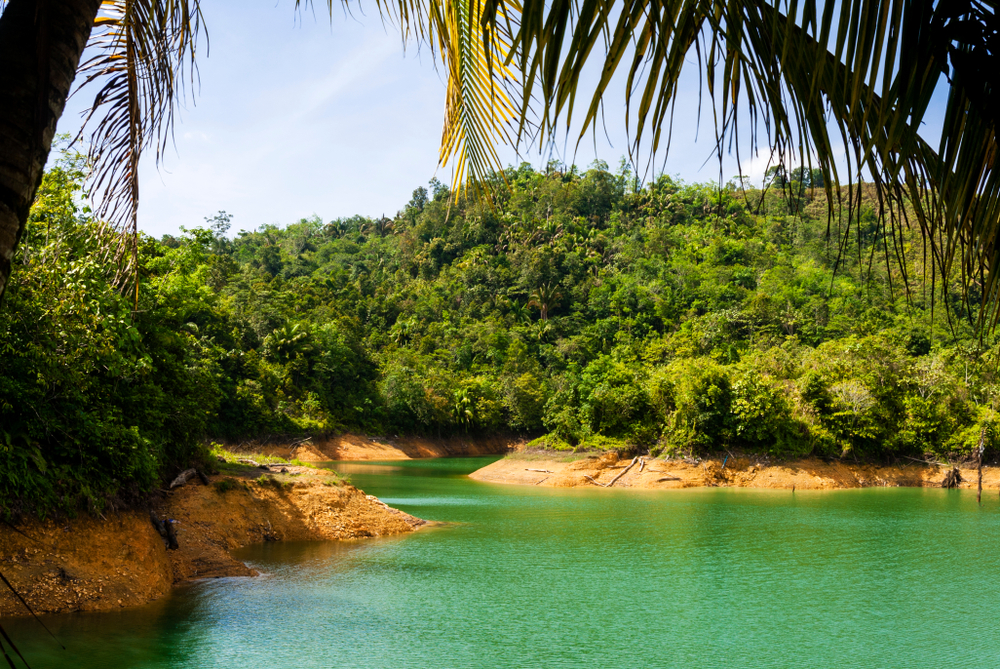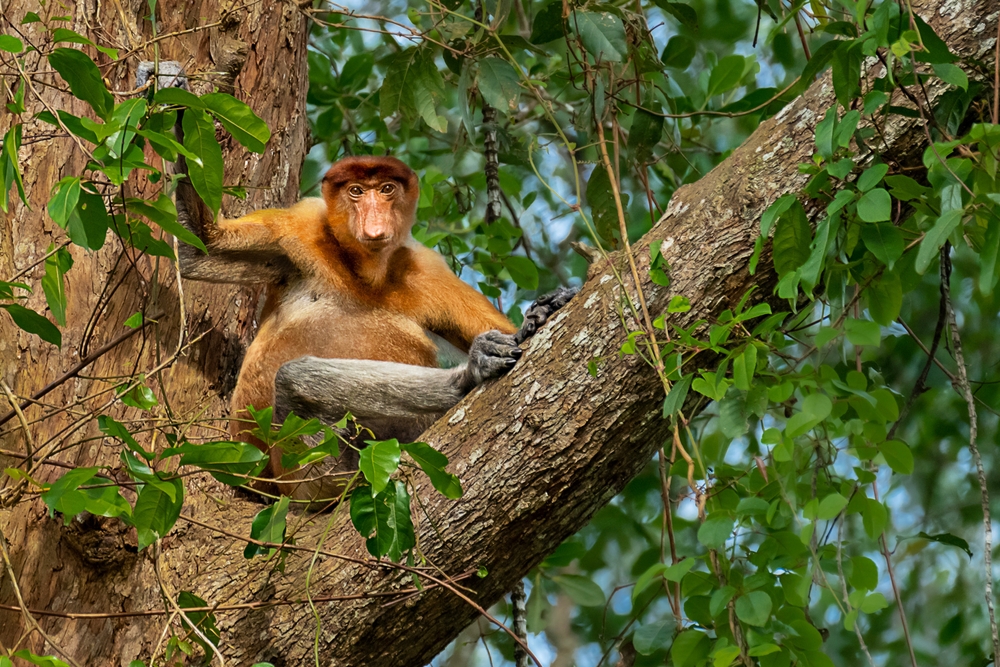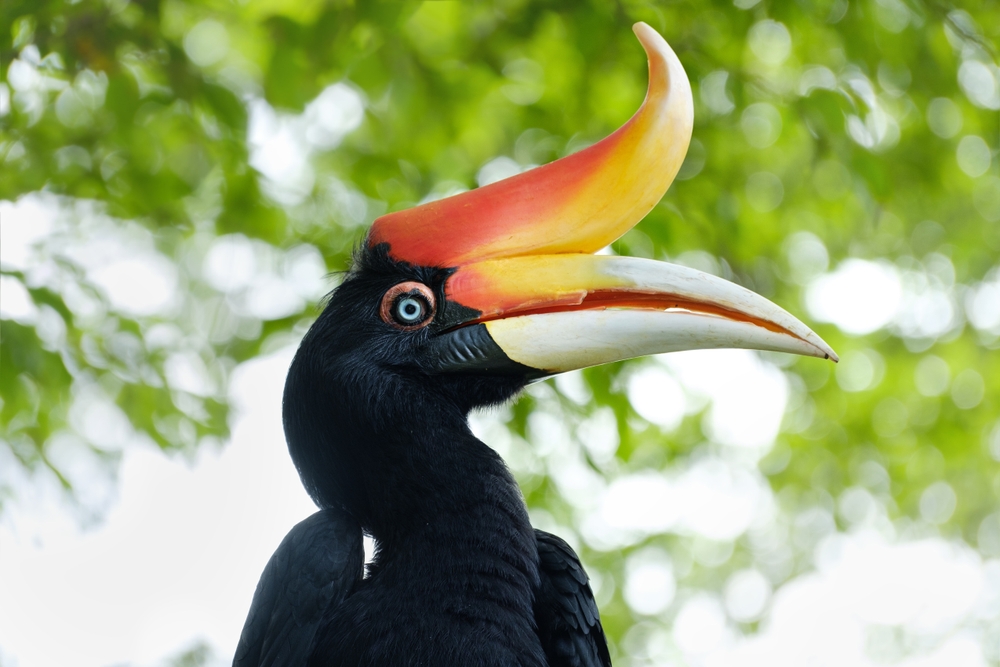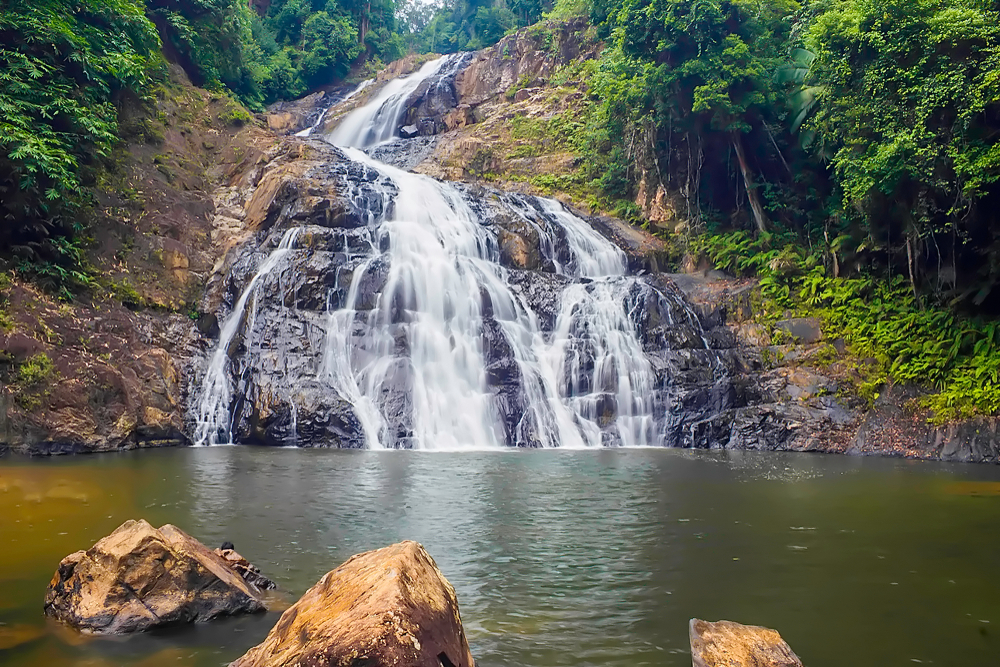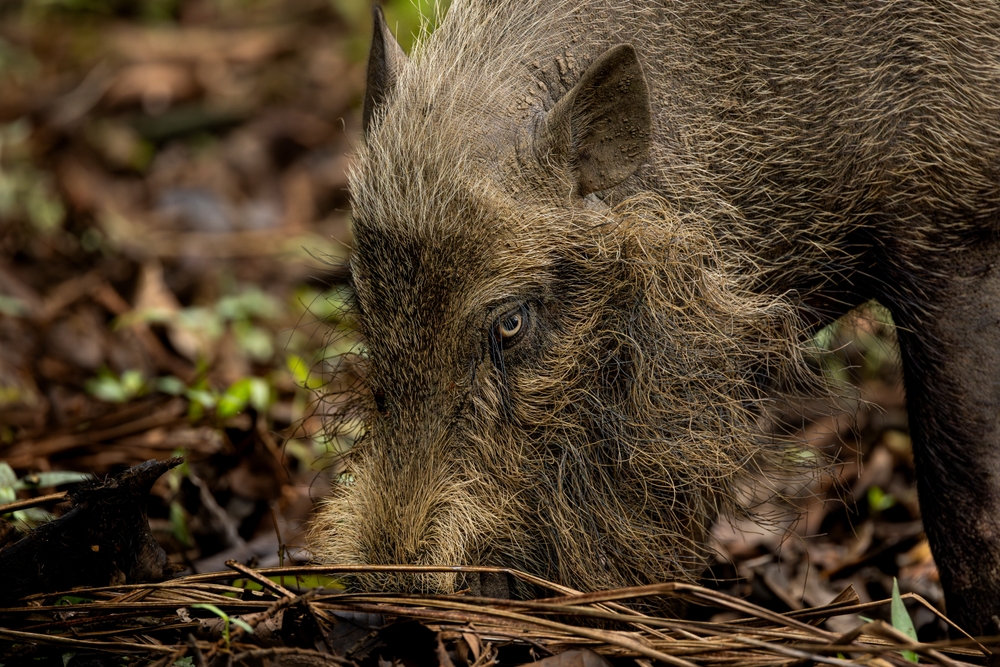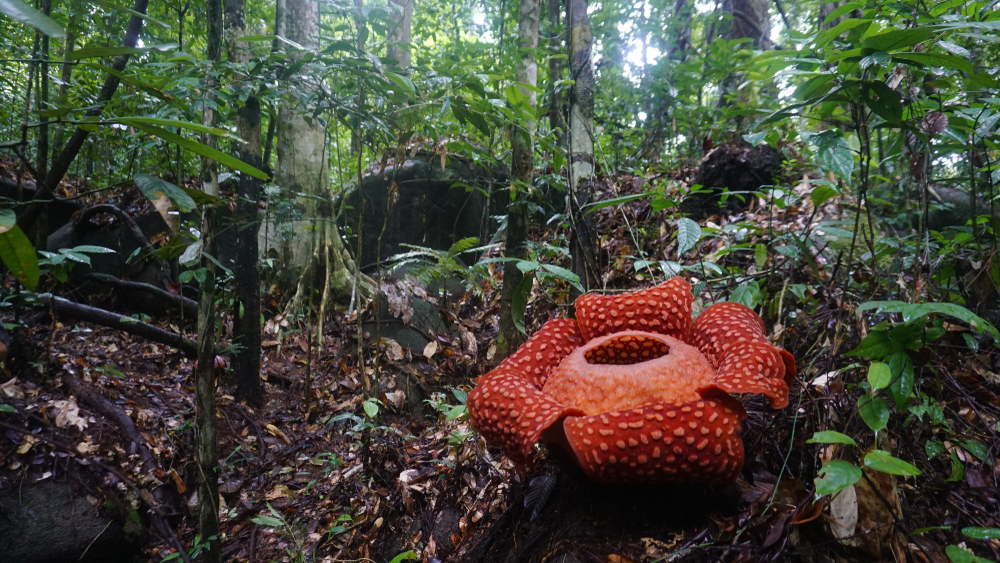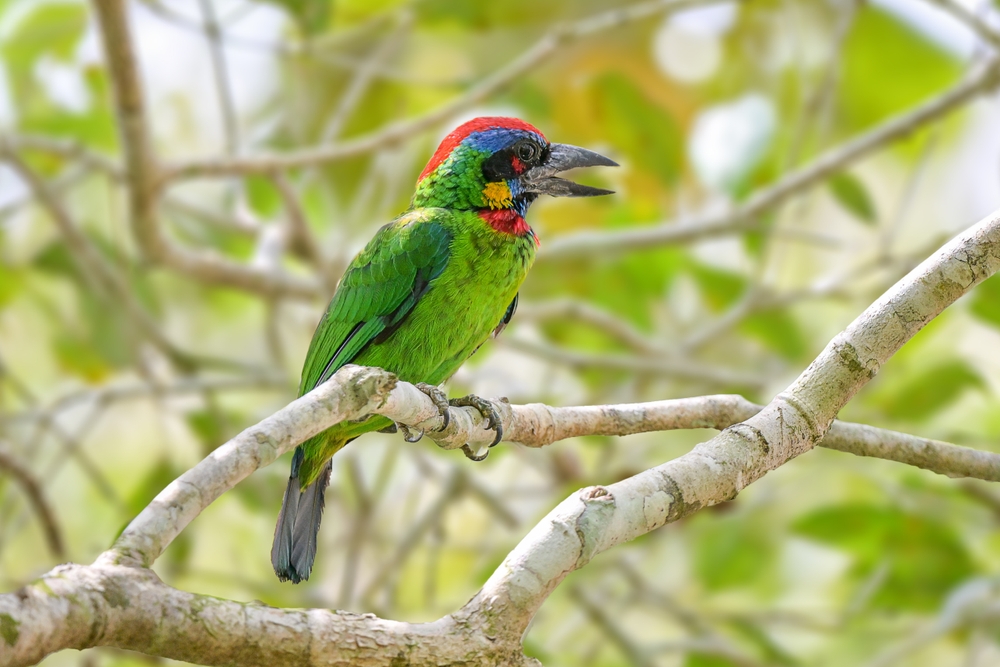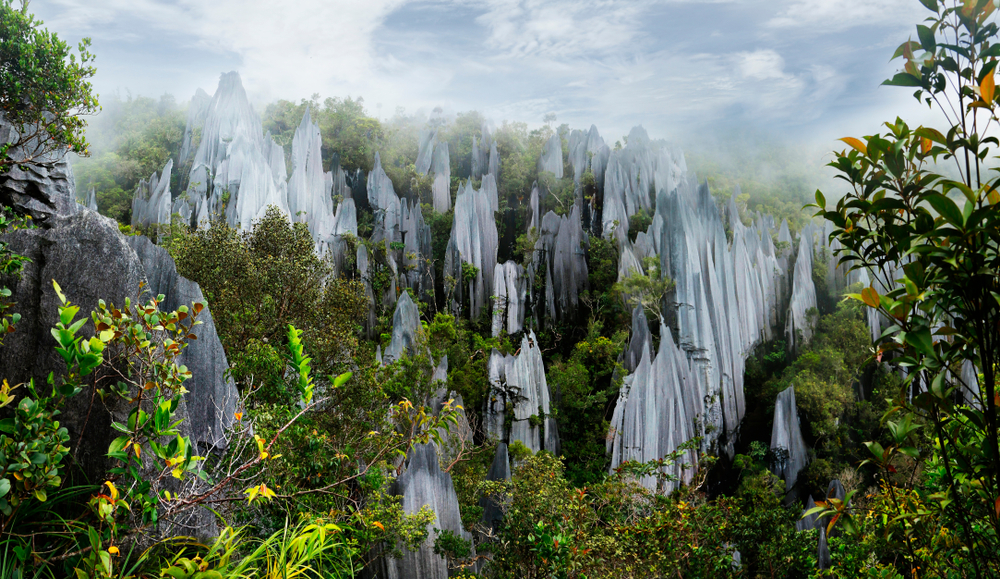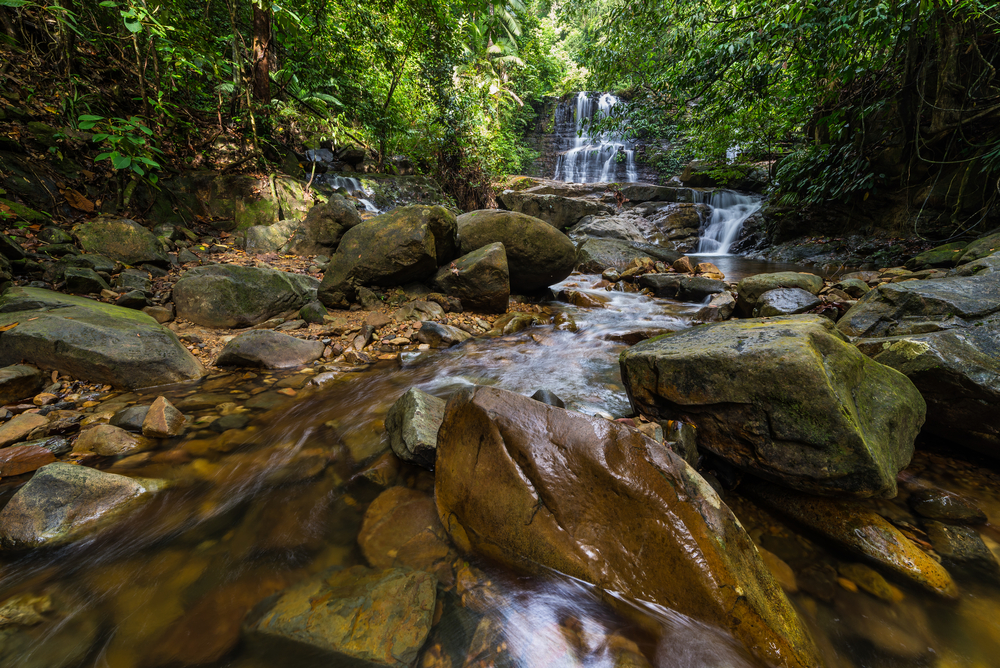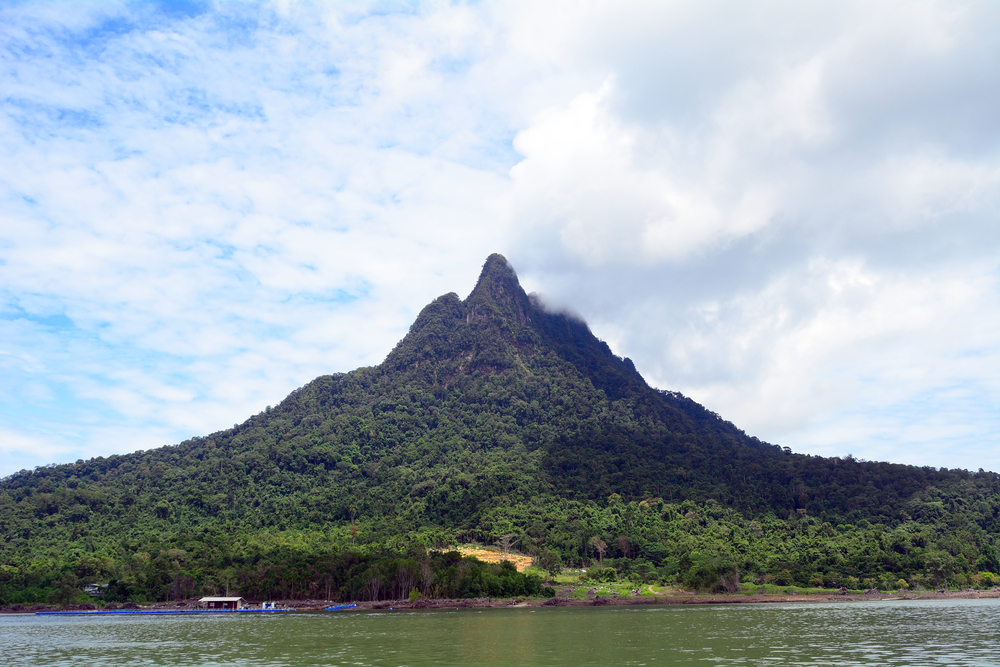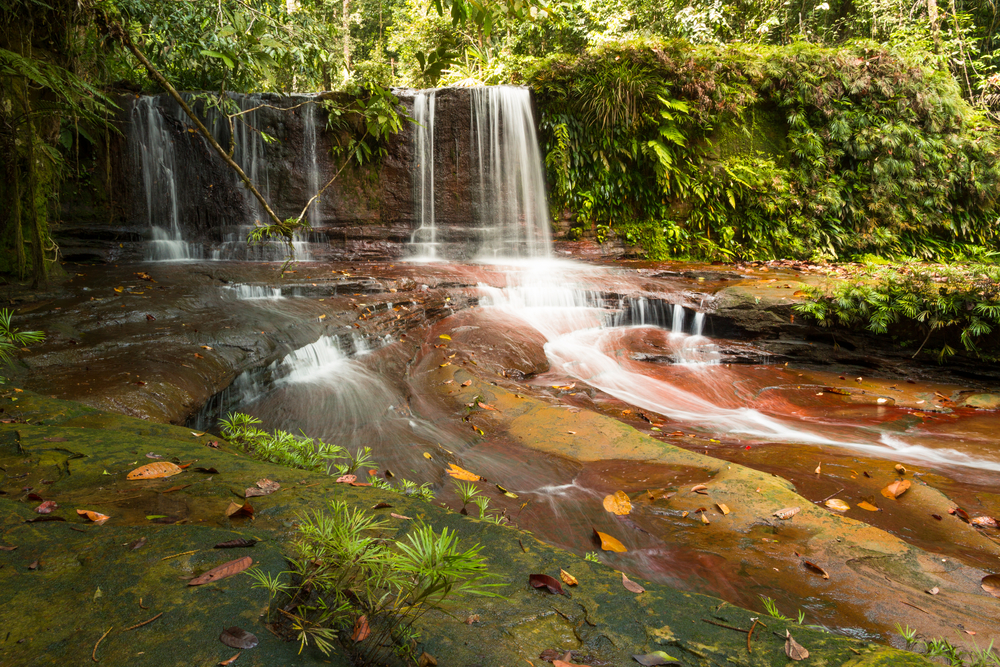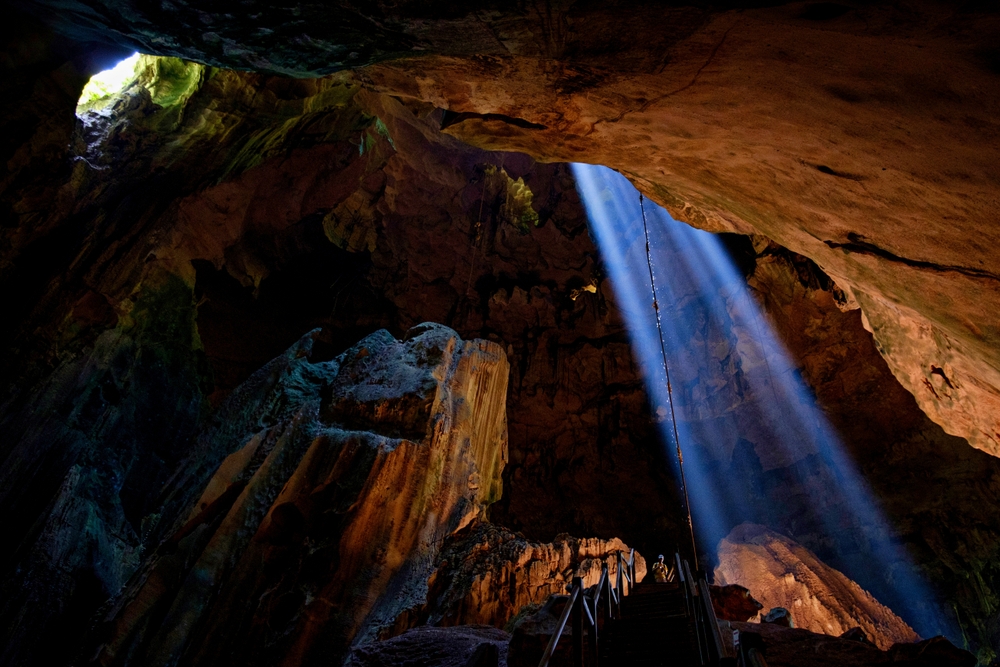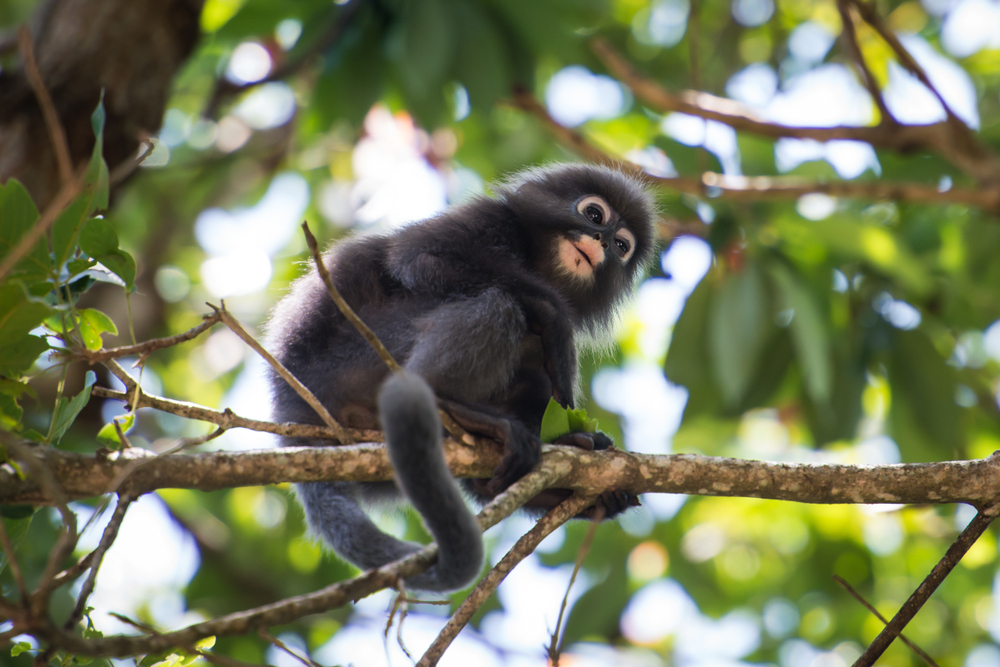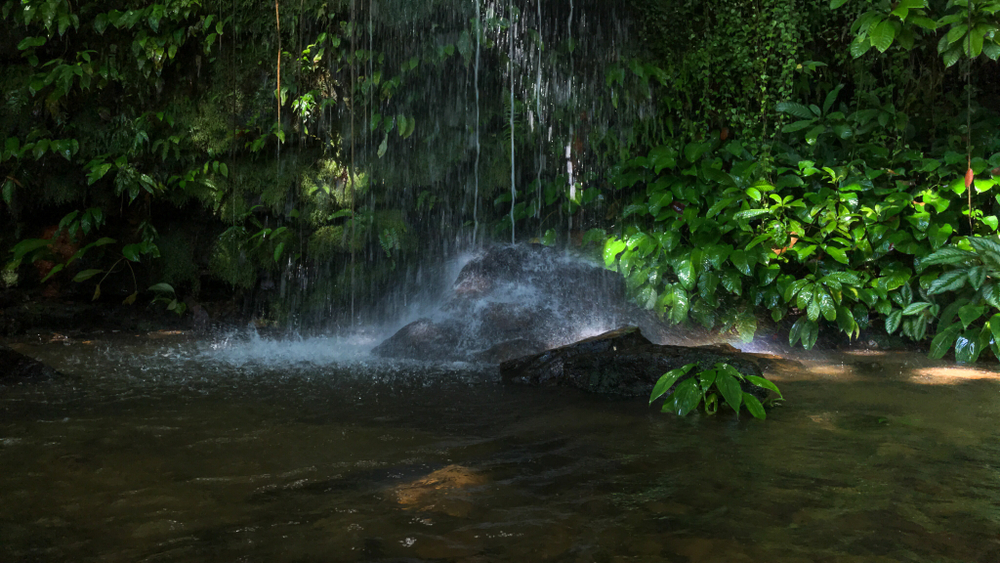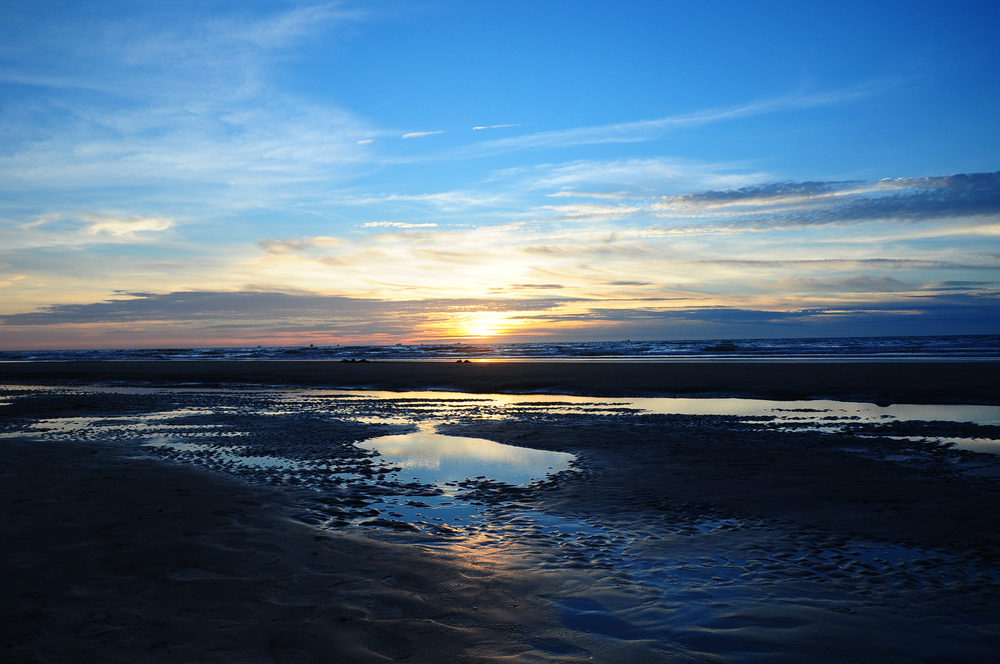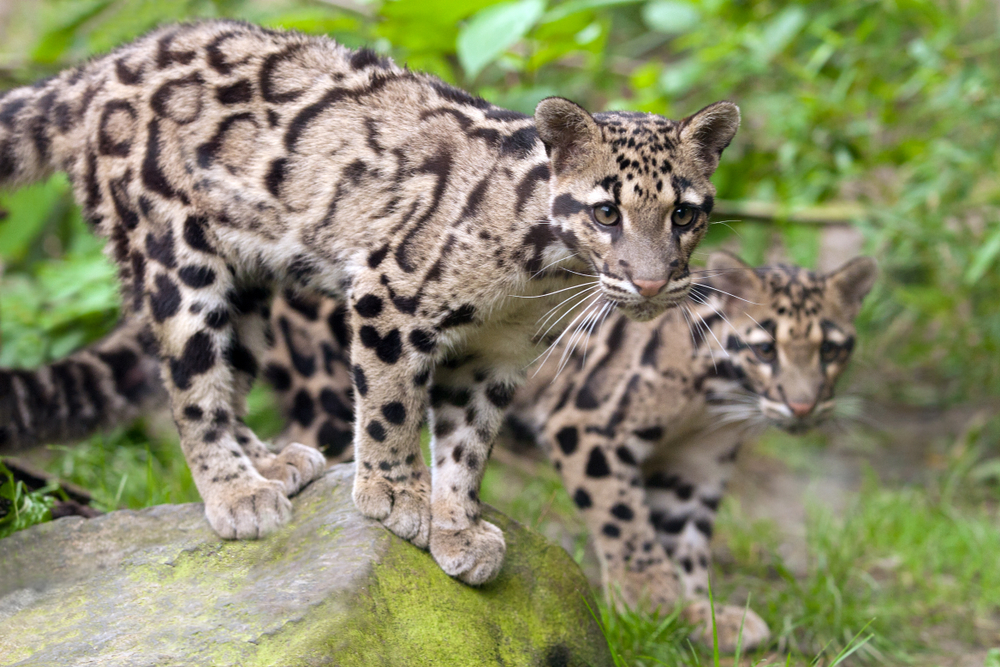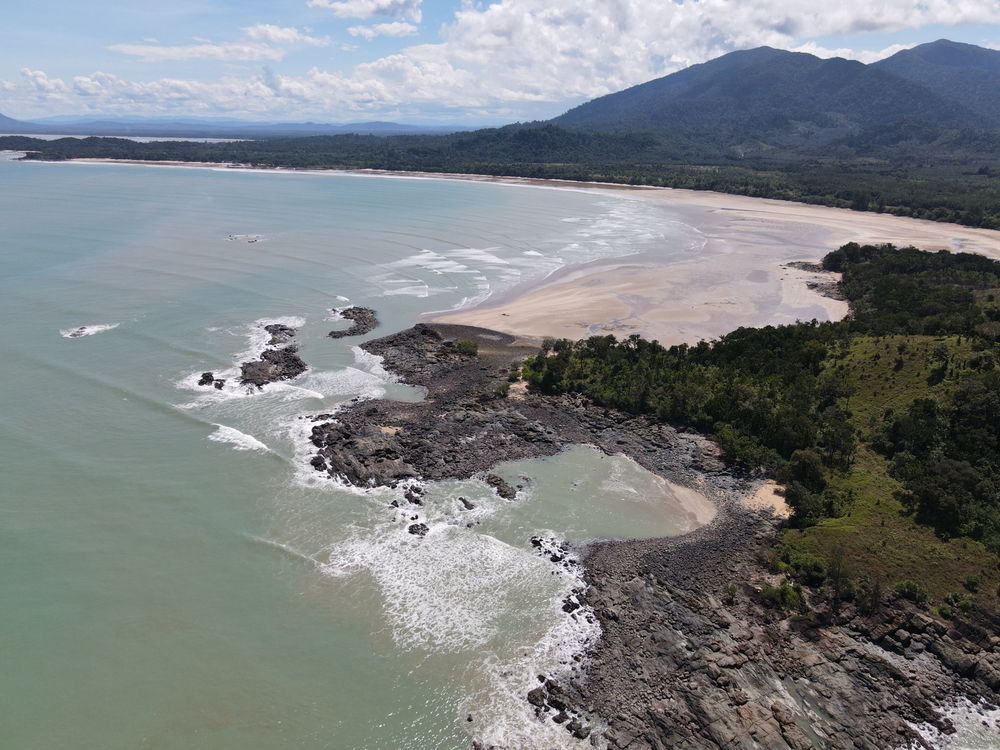Malaysia is home to a remarkable collection of national parks, showcasing its rich ecological diversity across both Peninsular Malaysia and the island of Borneo. The country has 25 national parks, each reflecting unique ecosystems that range from lush rainforests to mangrove swamps, highland mountains, and marine environments. Malaysia’s location within the Indo-Malayan biogeographic zone has endowed it with an extraordinary variety of flora and fauna, including many species found nowhere else on Earth. These parks serve as sanctuaries for endangered species such as the Malayan tiger, Bornean orangutan, pygmy elephant, and various hornbills.
Among Malaysia’s most celebrated national parks is Taman Negara, one of the oldest tropical rainforests in the world, estimated to be over 130 million years old. Spanning across three states, this park is a treasure trove of biodiversity. Visitors can explore its dense jungles, trek to the peak of Mount Tahan, the highest mountain in Peninsular Malaysia, or walk along one of the world’s longest canopy walkways. Wildlife enthusiasts have the chance to spot rare species, including tapirs, sun bears, and various exotic birds, making it a paradise for nature lovers.
Another iconic destination is Gunung Mulu National Park in Sarawak, Borneo. Renowned for its karst formations and cave systems, it is a UNESCO World Heritage Site. The park is home to the world’s largest cave chamber, Sarawak Chamber, and one of the world’s longest networks of caves, including the iconic Deer Cave. Its pinnacles, sharp limestone spires jutting from the forest floor, are a striking geological feature. The park also supports an astonishing range of plant and animal life, much of which thrives in its challenging terrain.
Endau-Rompin National Park, located in Johor and Pahang, is another ecological gem. Encompassing one of the oldest rainforests in the world, this park is a haven for adventure seekers and conservationists alike. Visitors can trek through dense jungle trails, marvel at dramatic waterfalls like Buaya Sangkut, and explore rivers rich with life. Endau-Rompin is home to rare species such as the Malayan tiger, Asian elephant, and the elusive tapir. Its unique plant life includes fan palms and pitcher plants that thrive in its varied terrain.
Penang National Park, the smallest of Malaysia’s national parks, offers an accessible yet stunning natural retreat. It features pristine beaches, mangroves, and lowland forests. Highlights include the famous canopy walkway, turtle conservation center, and a lighthouse offering sweeping views of the Andaman Sea. Despite its size, the park supports a surprisingly diverse range of species.
Malaysia faces conservation challenges such as deforestation, illegal poaching, and habitat fragmentation. However, strong conservation efforts, including ecotourism, community engagement, and stringent laws, have led to successes like increasing awareness about biodiversity preservation and a rise in certain wildlife populations.
Please scroll for an Alphabetical List of National Parks in Malaysia











































































